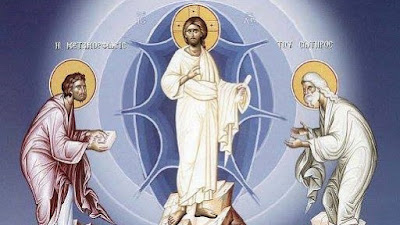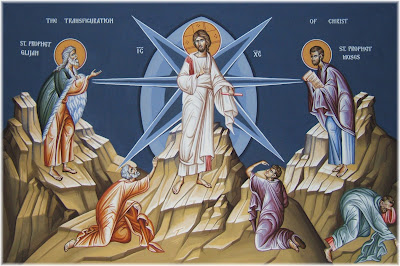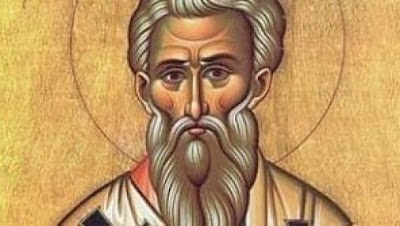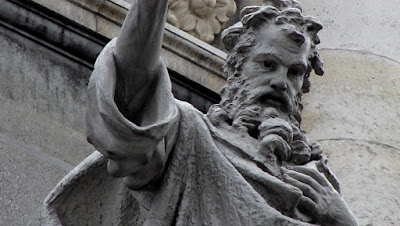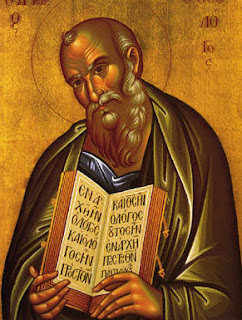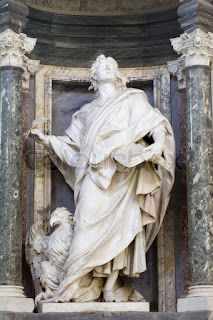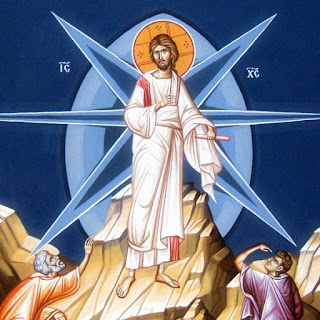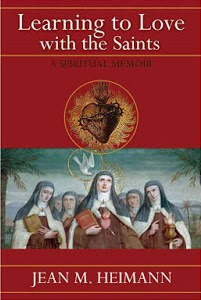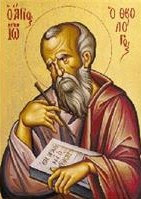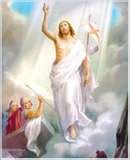We Shall Not Fall Asleep, But Be Changed
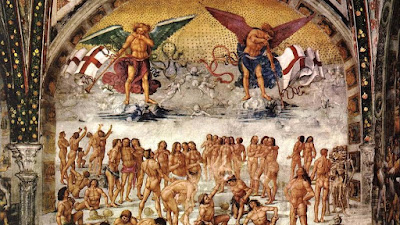
Father Lance Harlow As we mature, we gain experience in enduring the reality of changing events. The change in our own person is called aging. In society, change is called progress. In architecture, it is called development. However we categorize the experience of movement from one thing to another and its emotional effect upon us, St. Paul puts into blunt perspective that the minor changes in the human condition pale before the one fundamental life changing event, which is called death. He states in his letter to the Corinthians: “Behold, I tell you a mystery. We shall not all fall asleep, but we will all be changed, in an instant, in the blink of an eye, at the last trumpet. For the trumpet will sound, the dead will be raised incorruptible, and we shall be changed. For that which is corruptible must clothe itself with incorruptibility, and that which is mortal must clothe itself with immortality” (1 Cor 15:51-53). St. Paul is speaking about the second coming of Christ at w
